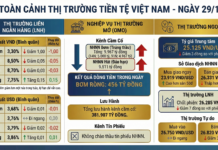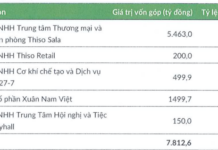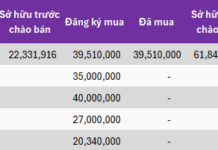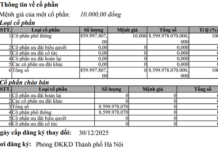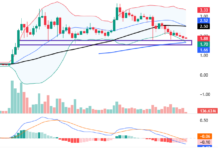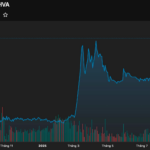China’s State Council, the country’s cabinet, is expected to review and possibly approve a roadmap by the end of this month to boost the global use of the yuan. Insiders reveal that this move is also aimed at catching up with the US’s stablecoin initiatives.
The plan is expected to include specific targets for yuan usage in the global market and delineate the responsibilities of domestic regulatory bodies. The roadmap will also provide guidelines to prevent risks.
China’s top leaders are also expected to convene a meeting as early as the end of this month, focusing on the internationalization of the yuan and stablecoins—technologies that are gaining traction worldwide. During this meeting, the leaders may make significant statements to guide the development of stablecoins and outline boundaries for their application and deployment in the business realm.
China’s stablecoin plan, if approved, will mark a significant shift in the country’s approach to digital assets. In 2021, China imposed a blanket ban on cryptocurrency trading and mining due to concerns over financial system stability.
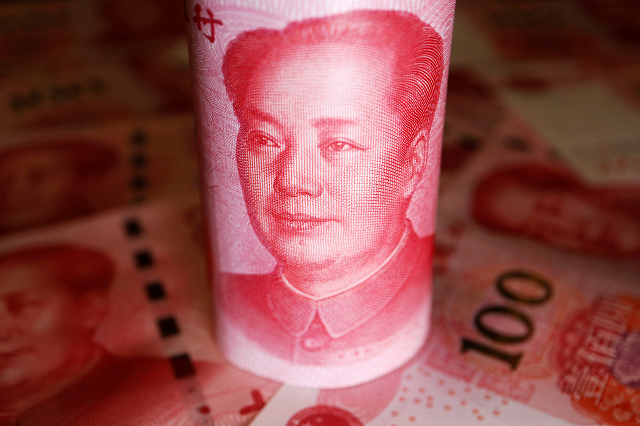
China has long harbored ambitions to elevate the yuan to the status of a global currency, akin to the US dollar or the Euro, befitting its position as the world’s second-largest economy. However, tight capital controls and annual trade surpluses of thousands of billions of USD have hindered this goal.
Market experts opine that these restrictions could also become a significant barrier to stablecoin development.
Stablecoins are a type of cryptocurrency designed to maintain stable value. They are typically pegged to traditional currencies like the US dollar and are widely used by crypto traders for converting funds between different tokens.
In global payments, the yuan’s market share dropped to 2.88% in June—its lowest level in two years, according to data from the SWIFT payment platform. Meanwhile, the US dollar continues to dominate with a 47.19% market share.
China currently enforces strict capital controls to manage cross-border capital flows, with only a few connect programs allowing capital deployment in key offshore markets like Hong Kong.
In the US, President Donald Trump voiced support for stablecoins just days after taking office in January 2025, and the country is now building a legal framework to legalize dollar-backed cryptocurrencies.
Blockchain technology, which underpins stablecoins, enables instant, borderless, and 24/7 transfers at low cost, giving stablecoins the potential to revolutionize traditional daily money transfers and cross-border payments.
Financial innovation, particularly stablecoins, is viewed by Beijing as a promising tool for yuan internationalization amid the growing influence of dollar-linked cryptocurrencies in global finance.
Details of the plan are expected to be unveiled in the coming weeks, with Chinese regulatory bodies, including the People’s Bank of China (PBOC), tasked with implementation.
Stablecoins backed by the US dollar currently dominate the market, accounting for over 99% of the global stablecoin supply, according to the Bank for International Settlements (BIS).
In Asia, South Korea has committed to allowing companies to develop won-based stablecoins and build the necessary infrastructure, while Japan is also pursuing similar initiatives.
This latest move comes amid escalating geopolitical tensions with Washington and the increasing use of USD-backed stablecoins by Chinese exporters.
Beijing’s new plan follows last month’s announcement by the Shanghai regulatory body that it had convened a meeting with local officials to discuss strategies for dealing with stablecoins and digital currencies.
In a recent interview, PBOC advisor Huang Yiping told domestic media that developing a yuan-backed stablecoin in the Hong Kong market is “a possibility.”
Notably, Hong Kong’s long-awaited stablecoin ordinance came into effect on August 1st, positioning the city as one of the global pioneers in regulating stablecoin issuers backed by fiat currencies.
Shanghai, China’s commercial hub, is also establishing an international operation center for the digital yuan. According to insiders, Hong Kong and Shanghai will be the two primary cities implementing this latest plan promptly.
China is expected to discuss expanding the use of the yuan and possibly stablecoins for cross-border trade and payments with several nations at the SCO summit, taking place from August 31st to September 1st in Tianjin.
The global stablecoin market remains relatively small, valued at approximately 247 billion USD, according to data from CoinGecko. However, Standard Chartered Bank forecasts that this figure could surge to 2,000 billion USD by 2028.
– 11:27 21/08/2025
The Crypto Stock Market’s Best-Kept Secret: Blockchain Investment Firm Stocks Surge for the Fifth Straight Session
“HVA shares of HVA Investment Joint Stock Company (UPCoM: HVA) soared to new heights on August 22, closing at VND 29,600 per share. This remarkable performance marks a staggering 127% increase within just one month and an impressive nearly fivefold surge since the beginning of 2025. From August 15 to 21, the stock consistently hit the ceiling, capturing the attention of investors and showcasing its tremendous growth potential.”
Thailand Embraces Crypto Payments for Tourists, Vietnam Eyes Billion-Dollar Opportunity
Thailand’s move to allow tourists to exchange cryptocurrency for baht for payments is a significant step towards integrating digital assets into the travel industry. This development presents an opportunity for Vietnam, with its evolving legal framework, to emerge as a regional hub for digital assets.
“Financial Institutions Embrace the Digital Asset Revolution”
The legalization of digital assets marks a pivotal moment in Vietnam’s legal history. While the regulatory framework is still a work in progress, the investment appetite from financial institutions is palpable, with many proactively laying the groundwork to enter the fray when the proverbial green light shines.







